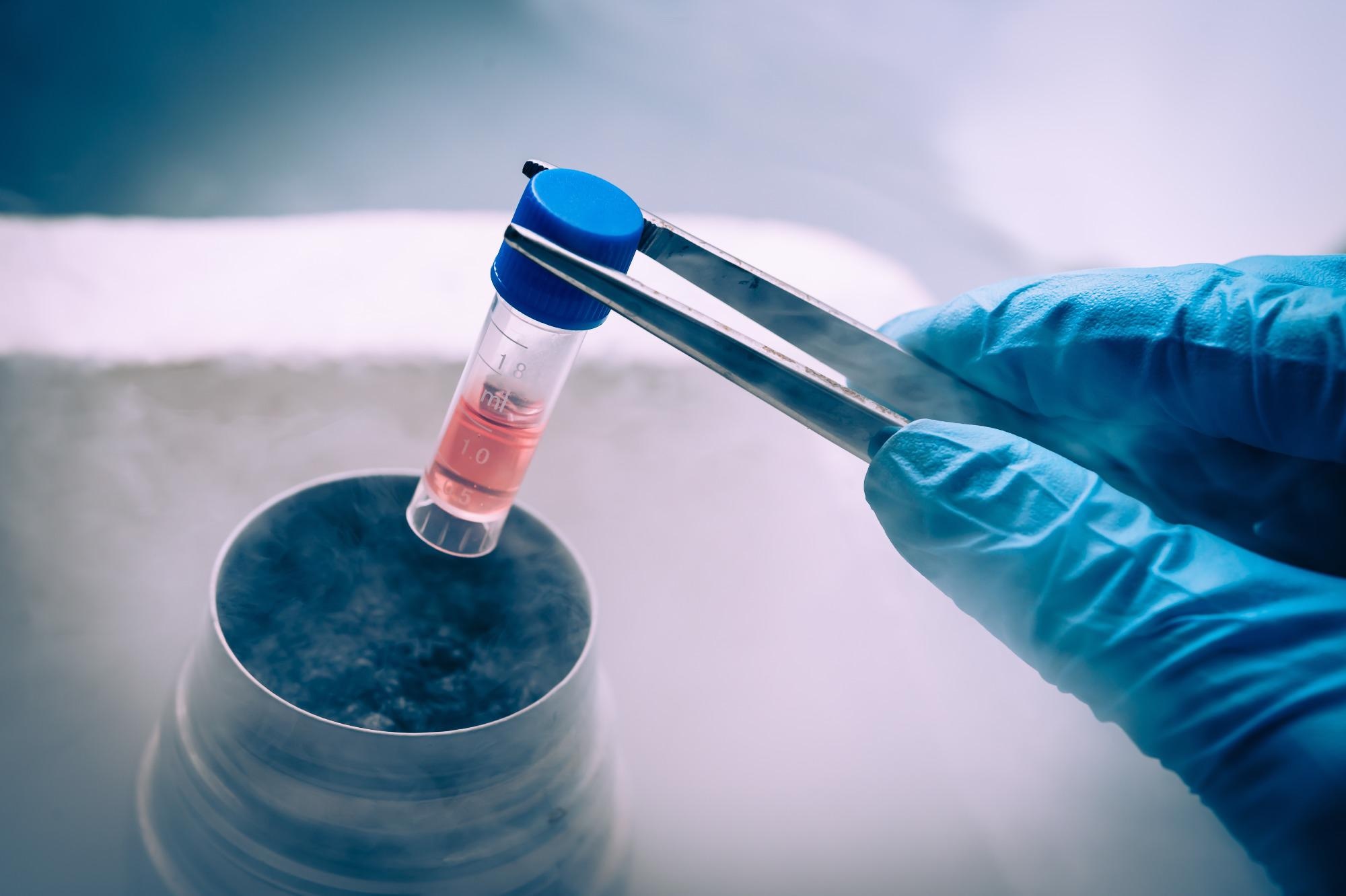An investigative stem cell-based therapy called PEC-Direct, designed to act as a replacement pancreas, has the potential to provide blood sugar control in patients with high-risk type 1 diabetes, suggests a clinical study presented Saturday, June 11 at ENDO 2022, the Endocrine Society's annual meeting in Atlanta, Ga.
 Image Credit: Elena Pavlovich / Shutterstock
Image Credit: Elena Pavlovich / Shutterstock
The study found multiple patients using the new treatment had clinically relevant increases in C-peptide, a substance made in the pancreas along with insulin. C-peptide and insulin are released from the pancreas at the same time and in about equal amounts, so measuring C-peptide can show how much insulin the body is making.
"This research represents the first instance in multiple patients of clinically relevant increases in C-peptide, indicative of insulin production, with a stem cell-based therapy delivered in a device," according to Manasi Sinha Jaiman, M.D., M.P.H., Chief Medical Officer of ViaCyte, Inc., in San Diego, Calif., the company that makes PEC-Direct.
Patients with type 1 diabetes eventually lose the ability to produce their own insulin to control blood sugar levels. Patients must frequently check those levels with finger sticks, inject multiple insulin shots or carry around bulky devices. The injection of insulin also carries the risk of accidentally lowering blood sugar to dangerous levels.
The PEC-Direct device is designed to provide a long-term, stable source of insulin to regulate glucose levels. The device comprises a pouch containing stem-cell-derived pancreatic cells which mature into insulin-producing cells once implanted into the body to regulate glucose levels. The open device membrane allows blood vessels to grow into the device to contact the cells. To prevent an immune reaction, patients take immunosuppressive drugs.
The treatment is meant for patients with high-risk type 1 diabetes, who may be especially vulnerable to acute complications due to factors such as recurrent severe low blood sugar, or frequent and extreme blood sugar fluctuations that are difficult to control.
The study included 10 adults with type 1 diabetes who had received their diagnosis at least 5 years prior to the start of the study and were not able to tell when their blood sugar went too low (called hypoglycemia unawareness). Initial data from one patient showed clinically relevant levels of stimulated C-peptide and corresponding improvements in blood glucose control within six months after implantation of PEC-Direct. Since then, increased C-peptide levels were seen in multiple patients, along with decreases in HbA1C (a blood test that measures average blood sugar levels over the past three months) by as much as 1.5%, and decreases in the amount of insulin patients needed to administer by as much as 70%.
The results suggest stem cell-based replacement therapy has the potential to provide blood glucose control and could one day eliminate the need for injecting or dosing insulin externally. The study provides further proof-of-concept that continued optimization of PEC-Direct has promise as a functional cure for type 1 diabetes."
Manasi Sinha Jaiman, M.D., M.P.H., Chief Medical Officer of ViaCyte, Inc.